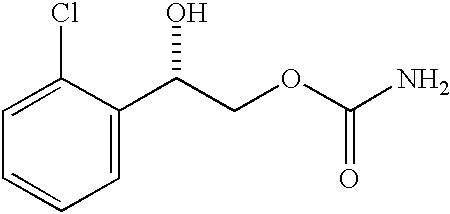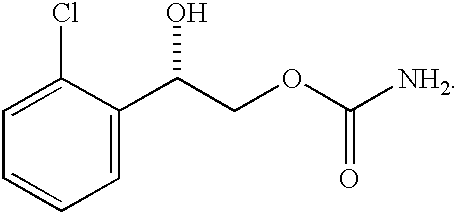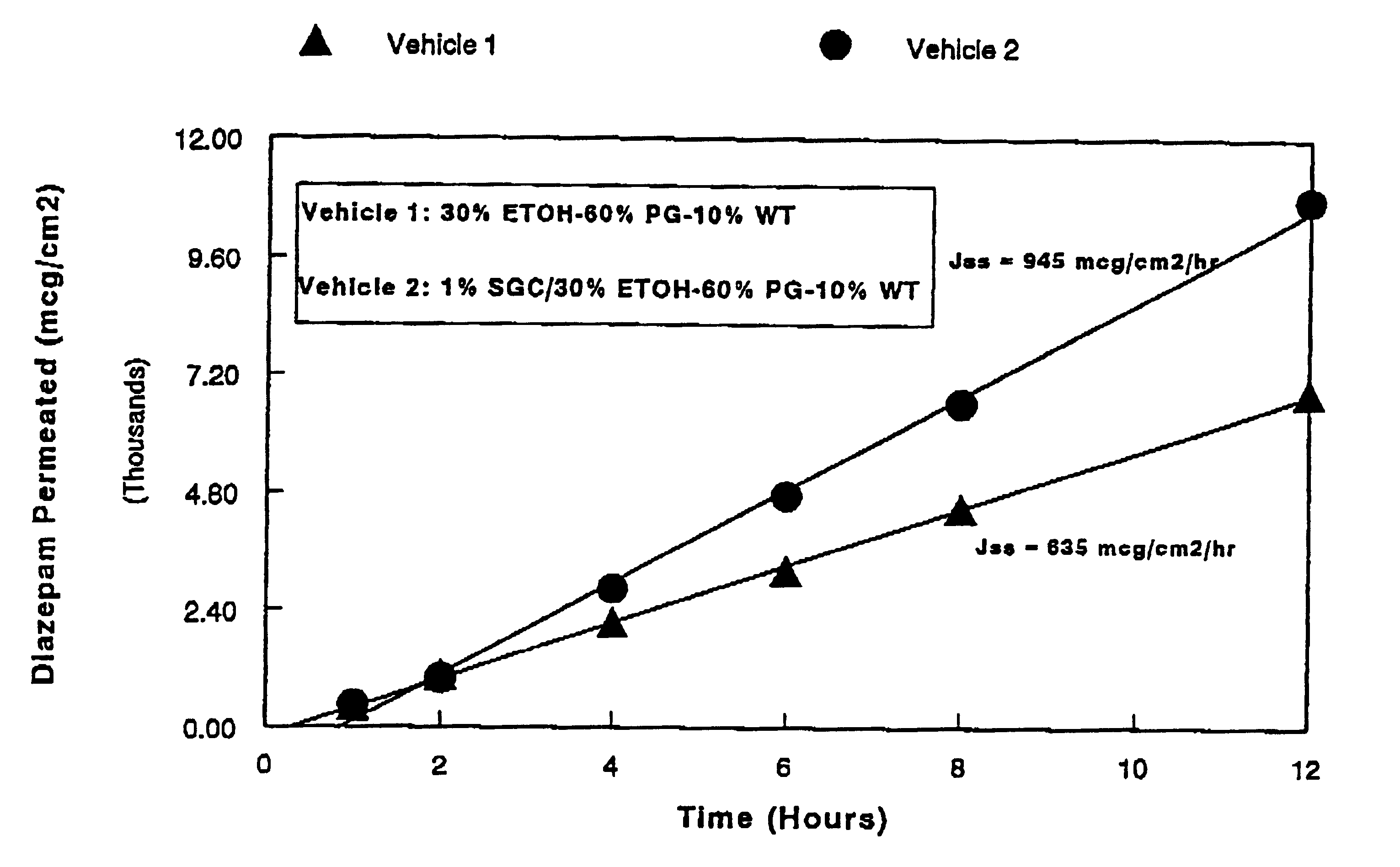Transnasal anticonvulsive compositions and modulated process
a transmucosal and composition technology, applied in the direction of biocide, drug composition, aerosol delivery, etc., can solve the problems of inconvenient rectal route drug administration, inability to achieve desired therapeutic levels of the therapeutic agent by means inability to achieve the effect of simple transnasal administration, optimum therapeutic effect, and enhanced transmucosal permeation and absorption of the anticonvulsiv
- Summary
- Abstract
- Description
- Claims
- Application Information
AI Technical Summary
Benefits of technology
Problems solved by technology
Method used
Image
Examples
example 2
This example shows the effect of a bile salt and a lecithin dissolved in an aqueous medium at a 1% w / v level on the in vitro permeation of a model drug diazepam through the freshly excised nasal membrane. In these studies, a series of bile salts such as sodium cholate, sodium deoxycholate, sodium taurocholate, and sodium glycocholate, and a lecithin such as lysophosphatidylcholine were examined. The permeation rates were measured using the method described under the in vitro membrane permeation test method. The average steady-state transnasal flux data obtained in this manner are presented in Table I.
As seen from Table I, a bile salt such as sodium glycocholate and a lecithin such as lysophosphotidylcholine produce a significant enhancing effect on the diazepam permeation through the nasal membrane.
example 3
This example exhibits the influence of a vehicle on the in vitro membrane permeation of diazepam across the rabbit nasal mucous membrane at 37.degree. C. In this experiment, a 1% diazepam suspension and solution were prepared using water and a co-solvent vehicle consisting of 30% ethanol (ETOH), 60% propylene glycol (PG), and 10% water (WT), respectively. The permeation rates were determined utilizing the method described in Example 1. The transnasal permeation profiles of diazepam obtained in this manner are presented in FIG. 1.
As seen from FIG. 1, a co-solvent vehicle comprising ethanol, propylene glycol, and water provides an approximately 8 times increase in the transnasal permeation rate of diazepam when compared with that obtained with an aqueous suspension.
example 4
This example shows the influence of the drug concentration in the donor compartment on the permeation of diazepam through the nasal mucous membrane, in vitro. In this study, 0.5-2% diazepam formulations were prepared using a co-solvent mixture comprising 30% ethanol, 60% propylene glycol, and 10% water. The in vitro membrane permeation rates were measured using the test method described in Example 1. The in vitro transnasal flux data obtained with diazepam formulations over 0.5-2% level are shown in FIG. 2.
As seen from FIG. 2, the steady-state transnasal flux of diazepam increases linearly with increasing the drug concentration in the donor compartment over the 0.5-2.0% concentration level.
PUM
| Property | Measurement | Unit |
|---|---|---|
| area | aaaaa | aaaaa |
| volume | aaaaa | aaaaa |
| UV wavelengths | aaaaa | aaaaa |
Abstract
Description
Claims
Application Information
 Login to View More
Login to View More - R&D
- Intellectual Property
- Life Sciences
- Materials
- Tech Scout
- Unparalleled Data Quality
- Higher Quality Content
- 60% Fewer Hallucinations
Browse by: Latest US Patents, China's latest patents, Technical Efficacy Thesaurus, Application Domain, Technology Topic, Popular Technical Reports.
© 2025 PatSnap. All rights reserved.Legal|Privacy policy|Modern Slavery Act Transparency Statement|Sitemap|About US| Contact US: help@patsnap.com



